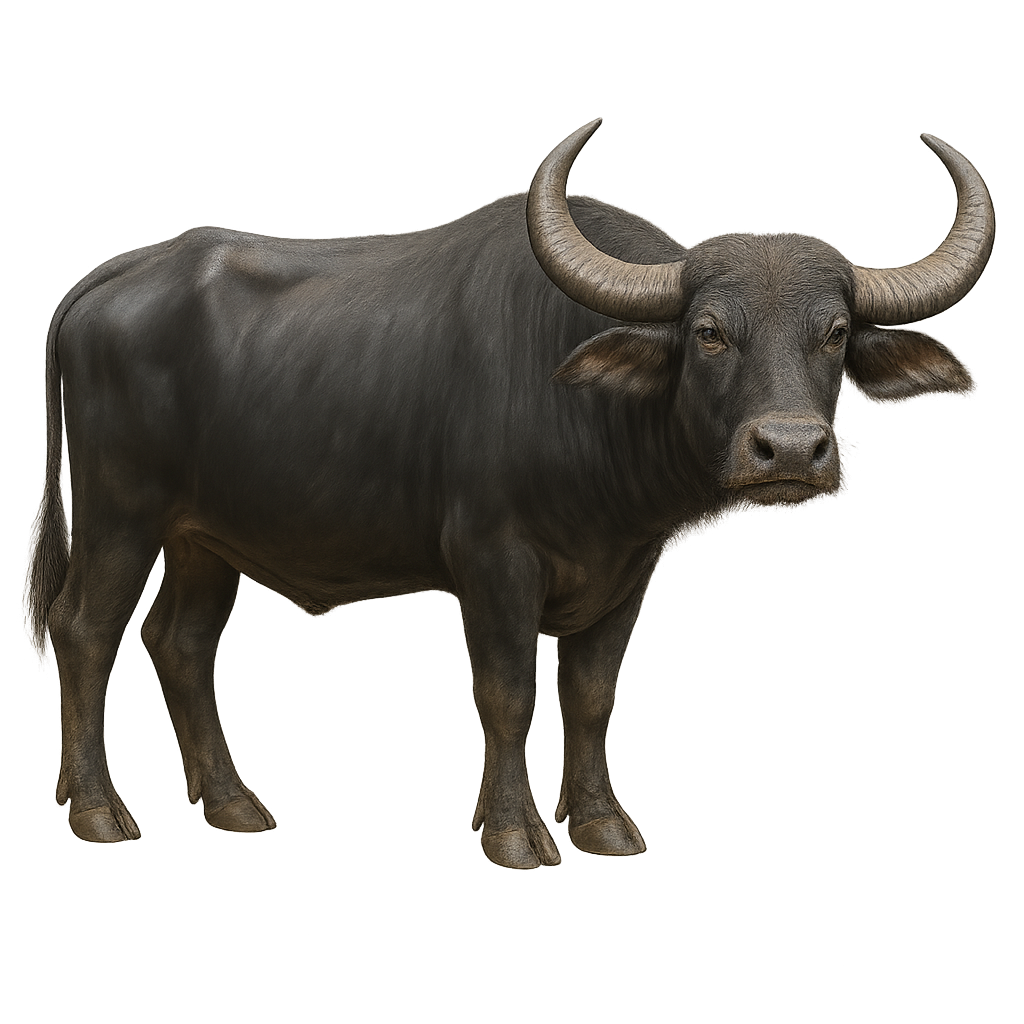Your wildlife photography guide.
Explore the wild water buffalo in detail, study its behavior, prepare your shots.
Where to observe and photograph the wild water buffalo in the wild
Learn where and when to spot the wild water buffalo in the wild, how to identify the species based on distinctive features, and what natural environments it inhabits. The WildlifePhotographer app offers tailored photography tips that reflect the wild water buffalo’s behavior, helping you capture better wildlife images. Explore the full species profile for key information including description, habitat, active periods, and approach techniques.
Wild Water Buffalo
Scientific name: Bubalus arnee

IUCN Status: Endangered
Family: BOVIDAE
Group: Mammals
Sensitivity to human approach: Shy
Minimum approach distance: 50 m
Rut period: October to November
Gestation: 300-320 jours
Births: August to September
Habitat:
Tropical forests, swamps, wet grasslands
Activity period :
Active at dawn and dusk, ideal moments for observation.
Identification and description:
The Bubalus arnee, or wild water buffalo, is a large herbivorous mammal native to the wetlands and marshes of South and Southeast Asia. It is characterized by its massive build, curved horns, and thick skin often coated with mud to protect against insects and the sun. Wild water buffaloes live in herds and are known for their social behavior. They play a crucial role in their ecosystem by maintaining the balance of wetland areas. Unfortunately, their population is declining due to habitat loss, hunting, and hybridization with domestic buffaloes.
Recommended lens:
400 mm – adjust based on distance, desired framing (portrait or habitat), and approach conditions.
Photography tips:
To photograph the Bubalus arnee, it is advisable to use a telephoto lens of at least 400mm to capture detailed images from a distance. As wild water buffaloes are shy, it is important to remain discreet and blend into the environment to avoid startling them. Opt for early morning or late afternoon hours when the light is soft and flattering. Use a tripod to stabilize your camera and achieve sharp images. Be patient and wait for the buffaloes to move naturally to capture authentic scenes.
The WildlifePhotographer App is coming soon!
Be the first to explore the best nature spots, track rutting seasons, log your observations, and observe more wildlife.
Already 1 429 wildlife lovers subscribed worldwide

